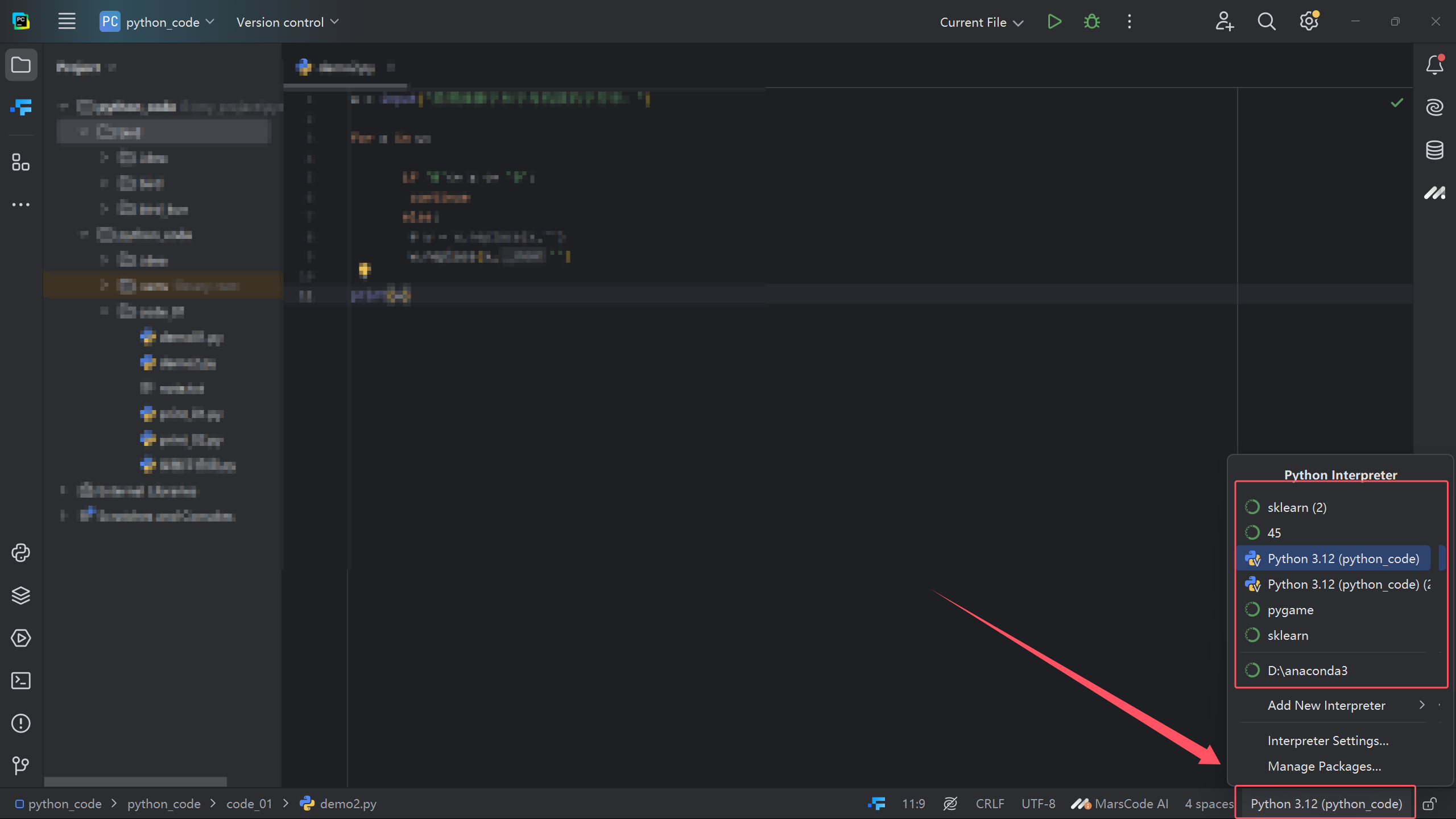执行结果:通过

题目:632 最小区间
你有 k 个 非递减排列 的整数列表。找到一个 最小 区间,使得 k 个列表中的每个列表至少有一个数包含在其中。
我们定义如果 b-a < d-c 或者在 b-a == d-c 时 a < c,则区间 [a,b] 比 [c,d] 小。
示例 1:
输入:nums = [[4,10,15,24,26], [0,9,12,20], [5,18,22,30]] 输出:[20,24] 解释: 列表 1:[4, 10, 15, 24, 26],24 在区间 [20,24] 中。 列表 2:[0, 9, 12, 20],20 在区间 [20,24] 中。 列表 3:[5, 18, 22, 30],22 在区间 [20,24] 中。
示例 2:
输入:nums = [[1,2,3],[1,2,3],[1,2,3]] 输出:[1,1]
提示:
nums.length == k1 <= k <= 35001 <= nums[i].length <= 50-105 <= nums[i][j] <= 105nums[i]按非递减顺序排列
代码以及解题思路
代码:
#define maxn 100005int heap[maxn];
int heap_count;
int **rec, *nx;bool heap_comp(int *first, int *second) {return rec[*first][nx[*first]] < rec[*second][nx[*second]];
}void swap(int *first, int *second) {int temp = *second;*second = *first;*first = temp;return;
}void push(int num) {int pos = ++heap_count;heap[pos] = num;while (pos > 1) {if (heap_comp(&heap[pos], &heap[pos >> 1])) {swap(&heap[pos], &heap[pos >> 1]);pos >>= 1;} elsebreak;}return;
}void pop() {int top_num = 1;int now;swap(&heap[top_num], &heap[heap_count--]);while ((now = (top_num << 1)) <= heap_count) {if (heap_comp(&heap[now + 1], &heap[now]) && now < heap_count) now++;if (heap_comp(&heap[now], &heap[top_num])) {swap(&heap[top_num], &heap[now]);top_num = now;} elsebreak;}
}int top() { return heap[1]; }int* smallestRange(int** nums, int numsSize, int* numsColSize, int* returnSize) {heap_count = 0;nx = (int *)malloc(sizeof(int) * numsSize);memset(nx, 0, sizeof(int) * numsSize);rec = nums;int rangeLeft = 0, rangeRight = 2147483647;int minValue = 0, maxValue = -2147483648;for (int i = 0; i < numsSize; ++i) {push(i);maxValue = fmax(maxValue, nums[i][0]);}while (true) {int row = top();pop();minValue = nums[row][nx[row]];if (maxValue - minValue < rangeRight - rangeLeft) {rangeLeft = minValue;rangeRight = maxValue;}if (nx[row] == numsColSize[row] - 1) {break;}++nx[row];maxValue = fmax(maxValue, nums[row][nx[row]]);push(row);}int *ret = malloc(sizeof(int) * 2);ret[0] = rangeLeft, ret[1] = rangeRight;*returnSize = 2;return ret;
}
解题思路:
数据结构准备
- 最小堆:使用数组
heap来实现一个最小堆,堆中的元素是数组的索引。堆的大小由heap_count控制。 - 辅助数组:
nx数组用来记录每个数组当前考虑的元素的索引,rec指向输入的二维数组。
堆的比较函数
heap_comp函数:比较两个堆中元素(即数组索引)所指向的当前值的大小。这决定了堆的排序方式,即根据当前考虑的数组元素的值进行排序。
堆的基本操作
swap函数:交换两个整数的值。push函数:将一个元素(数组索引)加入到堆中,并保持堆的性质。pop函数:移除堆顶元素,并重新调整堆以保持最小堆的性质。top函数:获取堆顶元素(不移除)。
主逻辑
- 初始化:
- 将所有数组的第一个元素加入堆中,并记录当前的最大值
maxValue。 - 初始化差值范围的左右边界
rangeLeft和rangeRight为最大和最小可能的整数值。
- 将所有数组的第一个元素加入堆中,并记录当前的最大值
- 迭代寻找最小差值范围:
- 从堆中取出当前最小值所在的数组索引
row。 - 更新当前的最小值
minValue。 - 检查当前的最小差值范围是否比已知的最小差值范围更小,如果是,则更新
rangeLeft和rangeRight。 - 如果当前数组的所有元素都已考虑过(即
nx[row]指向数组的最后一个元素),则停止循环。 - 否则,移动到当前数组的下一个元素,更新
nx[row]和maxValue(如果需要的话)。 - 将当前数组索引重新加入堆中,以便在下一次迭代中考虑。
- 从堆中取出当前最小值所在的数组索引
- 返回结果:
- 分配一个大小为2的整数数组
ret,用于存储最小差值范围的左右边界。 - 设置
*returnSize为2,表示返回数组的大小。 - 返回
ret。
- 分配一个大小为2的整数数组
关键点
- 使用最小堆可以高效地获取当前所有数组中的最小值。
- 通过动态调整每个数组当前考虑的元素的索引
nx,可以逐步探索所有可能的差值范围。 - 不断更新和维护当前的最小差值范围,直到所有数组的所有元素都被考虑过。
这种方法的时间复杂度主要由堆操作(插入和删除)决定,为 O(N log M),其中 N 是所有数组中元素的总数,M 是数组的数量。空间复杂度为 O(M),用于存储堆和辅助数组。







